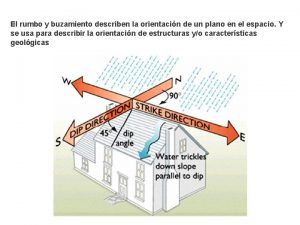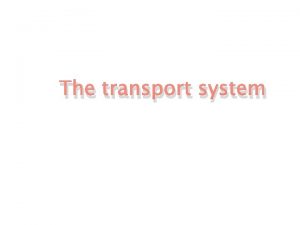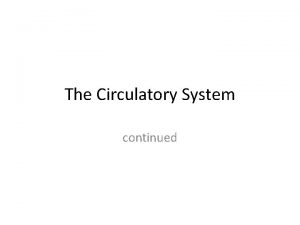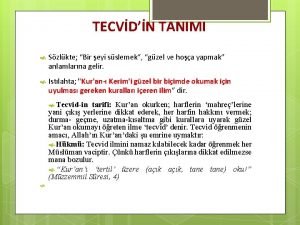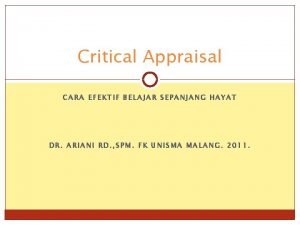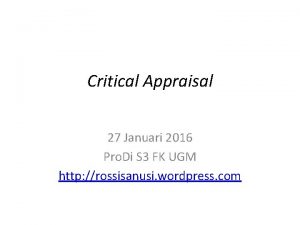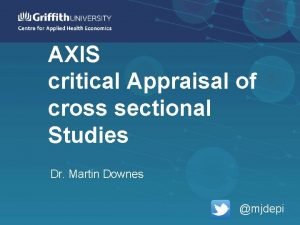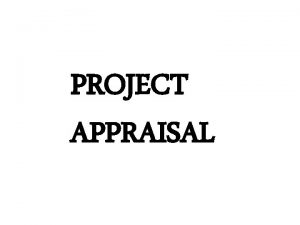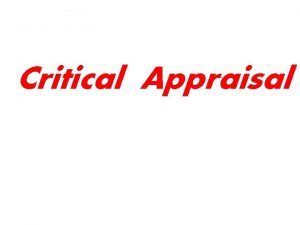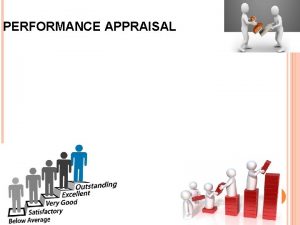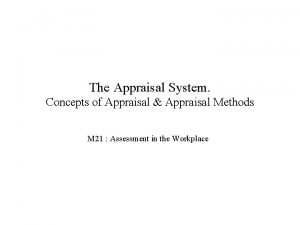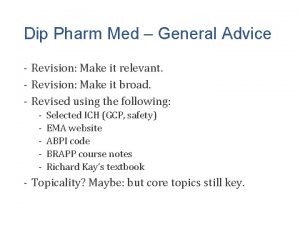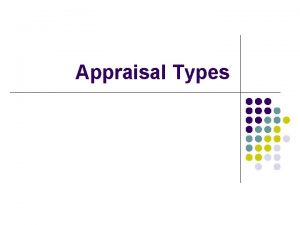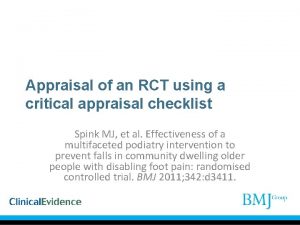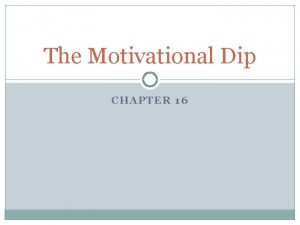Dip Pharm Med Critical Appraisal Paper Common themes











- Slides: 11

Dip. Pharm. Med. Critical Appraisal Paper Common themes and potential approaches. Shaun Flint.

Broad range of papers – not just RCTs. Year Paper 2018 Uncontrolled study of sacroiliitis incidence in participants starting isotretinoin for acne vulagaris. 2017 Double-blind, placebo-controlled RCT of amoxicillin in children with severe malnutrition in Niger. 2016 Multi-centre double-blind placebo-controlled RCT of bosentan therapy in Eisenmenger syndrome. 2015 Randomized, comparative study of interferon beta-1 a treatment regiments in MS. 2014 Pooled analysis of 2 multicenter, prospective, randomized, open label, blinded end point studies of fixed dose antihypertensives. 2013 Placebo-controlled, double-blind RCT of a flexible-dose regimen of pregabalin in patients with central neuropathic pain.

Questions and themes are consistent. Year Paper 2018 Briefly state objectives. 2017 Briefly state objectives. 2016 Briefly state objectives. 2018 Explain what is meant by retrospective and prospective. List 6 other design characteristics. 2017 List 8 design charactertics … 2016 List 6 design characteristics …

Questions and themes are consistent. Year Paper 2018 Describe the rationale for conducting this study. 2017 In 4 bullet points, describe the rationale for conducting this study. 2016 Give 3 bullet points describing the rationale for conducting this study.

Recurrent themes: Primary endpoint. From last 3 papers: - Describe in detail how sacroiliitis was determined / comment on the limitations of the radiological investigation in this study - What was the primary endpoint / How was it defined / Give 2 comments on the components of this / Choice of timing for the primary endpoint - What was the first primary endpoint / How was it defined analysed / Give strengths & limitations of this endpoint / Comment on the appropriateness of how it was measured. Note requires both facts and interpretation/opinion.

Recurrent themes: Safety. From last 3 papers: - You are a safety physician for a retinoid compound; list 4 other sources of information to evaluate the safety signal. - Comment on the potential concerns of using antibiotics such as amoxicillin in this setting. - The authors state ‘safety profile of bosentan was confirmed’ Give reasons to both support and refute the author’s statement.

Recurrent themes: Statistics. From last 3 papers: - What were the results of the study / Comment on the statistics. - Table 2 gives the risk ratio for various outcomes. Draw and label on a single figure the risk ratio results for selected endpoints / Using the raw data and your figure, briefly explain the risk ratio results. - What statistical methodology was used to analyse it (1 y endpoint)

Recurrent themes: Potential biases. From last 3 papers: - Briefly describe 6 potential sources of ‘bias’ which may influence conduct or outcome. - Comment on how the patient population may have influenced the study results / Give 3 other potential issues / sources of bias that may have affected the trial results. - Give 3 baseline characteristics with differences between the two treatment groups / for each characteristic comment on relevance or not to study outcome.

Recurrent themes: • Next steps – usually around designing a follow-up observational study, strengths/weaknesses/design features. • Lay language – e. g. write a lay language summary of the study results for patients. • Impact of eligibility criteria on study population / outcomes / generalizability. • Impact of the study design / way endpoints are measured on study outcomes. • Participant flow: describing flow of patients through study and now participant flow can influence study interpretation.

Final thoughts: List and describe versus comment and give reasons. Question themes are pretty consistent year on year, but paper choice varies widely therefore: Suggest preparing by choosing a few varied papers (e. g. a well conducted gene therapy study to a poorly conducted open label study to a platform study), then use questions in recent papers to guide your appraisal.

More than just the exam Truly transferable skill In the last few weeks … - Reviewed clinical protocol. - Discussed competitor Ph 3 publication. - Provided scientific opinion on business development opportunity. - Peer review for a medical journal. (these skills are impossible to avoid in daily Pharm Med practice)
 Convert trend and plunge to dip and dip direction
Convert trend and plunge to dip and dip direction Regla de la mano derecha geologia
Regla de la mano derecha geologia Library.med.utah.edu/kw/pharm/hyper heart.html
Library.med.utah.edu/kw/pharm/hyper heart.html Library.med.utah.edu/kw/pharm/hyper heart.html
Library.med.utah.edu/kw/pharm/hyper heart.html Critical semi critical and non critical instruments
Critical semi critical and non critical instruments Semicritical
Semicritical Ihfanın hükmü
Ihfanın hükmü Critical appraisal adalah
Critical appraisal adalah Critical appraisal of mission statements/corporate aims
Critical appraisal of mission statements/corporate aims Rambo critical appraisal tool
Rambo critical appraisal tool Contoh critical appraisal jurnal systematic review
Contoh critical appraisal jurnal systematic review Axis tool for cross sectional studies
Axis tool for cross sectional studies

